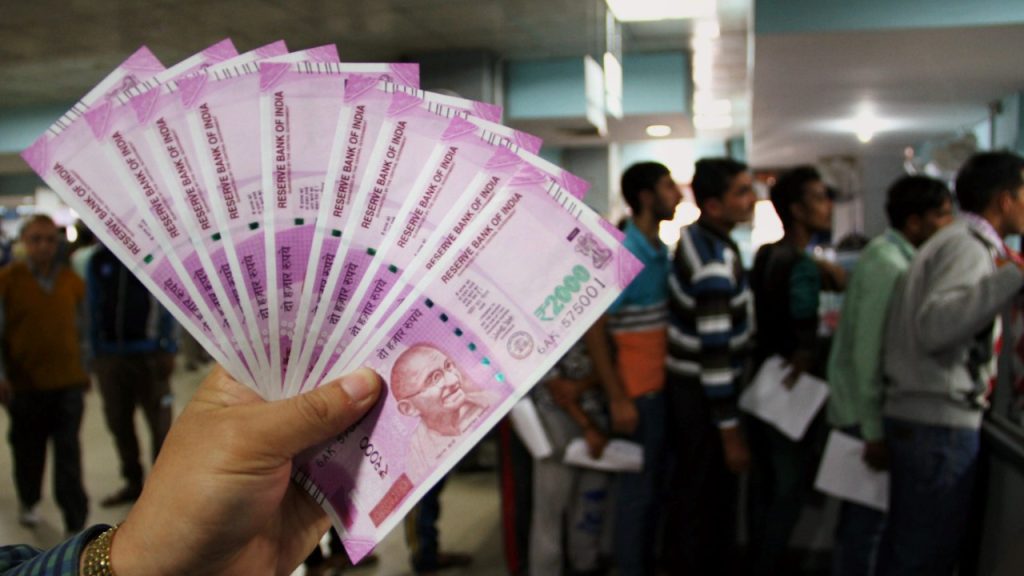RBI Announces Withdrawal of ₹2,000 Notes: Guidelines for Exchanging Currency
The Reserve Bank of India (RBI) has made a significant announcement regarding the withdrawal of ₹2,000 currency notes from circulation. The RBI has announced a decision as part of their “Clean Note Policy” which aims to maintain the purity and hygiene of currency in circulation. This article will summarize important information from the RBI’s announcement and offer a detailed guide on exchanging ₹2,000 notes after the change.
Legal Tender Status and Time Limit:
According to the RBI, ₹2,000 notes will remain valid for transactions. This implies that individuals are obliged to receive these notes as payment if they owe you money. Nonetheless, there is a withdrawal deadline set for these notes, and individuals are advised to exchange them at banks by September 30 for a seamless transition.
Exchange Window and Regional Offices:
The RBI has announced that individuals can exchange their ₹2,000 notes starting May 23. The gap between the announcement and the exchange window is meant to give banks enough time to prepare. Apart from banks, people can also go to any of the 19 regional offices of the RBI for the exchange.
Limits on Exchange Amount:
The Reserve Bank of India has placed limits on the amount of ₹2,000 notes that can be exchanged. As per their release, individuals can exchange a maximum of ₹20,000 worth of ₹2,000 notes at one time. If you live in an unbanked or underbanked area, you can reach out to a Business Correspondent (BC) who is a representative of a bank branch that offers financial and banking services in those areas. You can exchange up to ₹4,000 per day through a BC.
Exchange Facilities for Non-Account Holders:
Please note that you don’t have to be a customer of a particular bank to exchange your soon-to-be-discontinued ₹2,000 notes. Non-account holders can also exchange these banknotes at any bank branch, with a limit of ₹20,000 per transaction. This policy ensures that everyone has a fair chance to exchange their currency without any hassle.
No Fee and Assistance for Senior Citizens and Persons with Disabilities:
Individuals can exchange their ₹2,000 notes without any extra charges as the RBI has stated that there will be no fee for availing the exchange facility. Additionally, banks have been directed to make appropriate arrangements to reduce inconvenience for senior citizens and individuals with disabilities who want to deposit or exchange their notes. These steps have been taken to guarantee a seamless and convenient process for everyone.
Conclusion:
The Reserve Bank of India has decided to withdraw ₹2,000 currency notes from circulation as part of its “Clean Note Policy”. To facilitate the exchange process, guidelines have been announced. It is crucial for individuals to be aware of the time limit within which they must exchange the notes, the exchange window, the maximum amount that can be exchanged, and the facilities that are available for non-account holders.
The RBI is committed to ensuring a smooth transition by providing a facility for exchanging notes without any fees. They are also addressing the needs of senior citizens and people with disabilities. By following the guidelines and using the exchange facilities, individuals can easily convert their ₹2,000 notes before the deadline and adapt to the new currency landscape.







